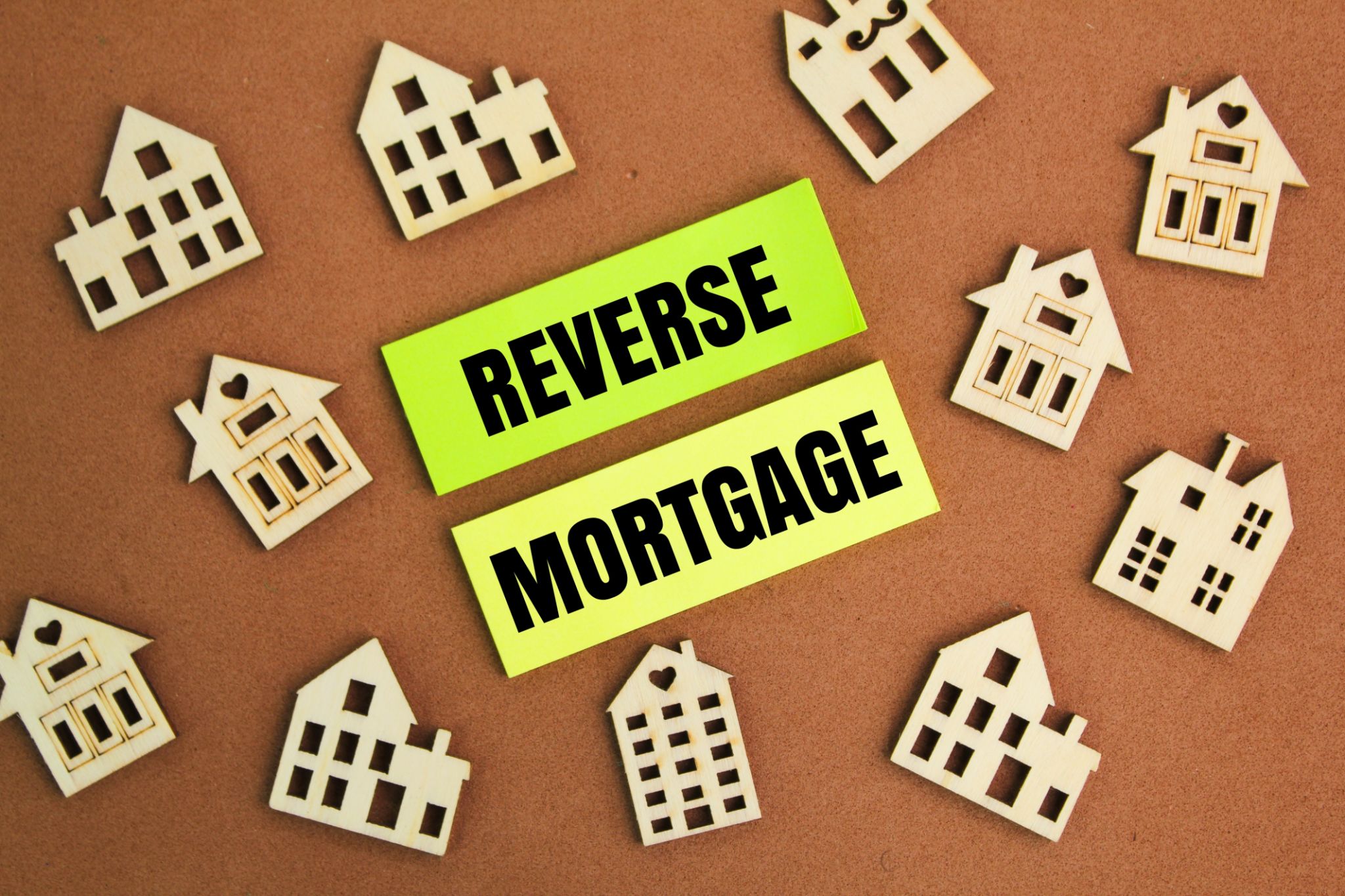Reverse Mortgages: A Retirement Strategy for Canadians
Understanding Reverse Mortgages
As Canadians approach retirement, financial security becomes a top priority. One option that has gained traction in recent years is the reverse mortgage. This financial product allows homeowners aged 55 and older to convert part of their home equity into cash without having to sell their home. It's an intriguing option for many, but it's essential to understand how it works and assess if it fits into your retirement strategy.
A reverse mortgage allows homeowners to borrow against the equity they have built in their home. Unlike a traditional mortgage, there are no monthly mortgage payments required. Instead, the loan is repaid when the homeowner sells the house, moves out permanently, or passes away. This can provide a steady stream of income or a lump sum payment, offering financial flexibility during retirement.

Benefits of Reverse Mortgages
One of the primary benefits of a reverse mortgage is the ability to access cash without having to sell your home. This is particularly appealing for those who wish to age in place and maintain their current lifestyle. Additionally, the funds received from a reverse mortgage are generally tax-free, allowing retirees to maximize their income without increasing their tax burden.
Reverse mortgages also offer the flexibility of choosing how you receive your funds. Homeowners can opt for a one-time lump sum, regular monthly payments, or a combination of both. This adaptability can help cover unexpected expenses or supplement retirement income as needed.

Considerations Before Applying
While reverse mortgages offer many benefits, they are not suitable for everyone. It's crucial to consider the costs associated with this financial product. Interest rates and fees can be higher than those for traditional mortgages, which can reduce the amount of equity left in your home over time. It's important to evaluate whether these costs align with your long-term financial goals.
Additionally, a reverse mortgage may impact the inheritance you leave behind. As the loan is repaid from the proceeds of the home's sale, there may be less equity remaining for your heirs. It's vital to discuss these implications with family members and financial advisors before making a decision.

Eligibility and Application Process
To qualify for a reverse mortgage in Canada, homeowners must be at least 55 years old and have significant equity in their home. The property must also be your primary residence. The application process typically involves an assessment of your home's value and a review of your financial situation by the lender.
It's advisable to consult with a qualified financial advisor before applying for a reverse mortgage. They can provide insights into how this product fits within your overall retirement plan and help you explore alternative options if necessary. Understanding all aspects of the process can ensure that you make an informed decision that benefits your long-term financial health.
Alternative Options
If a reverse mortgage doesn't align with your retirement goals, there are alternative strategies to consider. Downsizing to a smaller home or relocating to a more affordable area can free up equity and reduce expenses. Additionally, exploring home equity lines of credit or personal loans might provide the necessary funds without some of the constraints associated with reverse mortgages.
Ultimately, choosing the right retirement strategy requires careful consideration of your personal circumstances and financial objectives. By exploring all available options and seeking professional guidance, Canadians can make informed decisions that support their desired retirement lifestyle.
